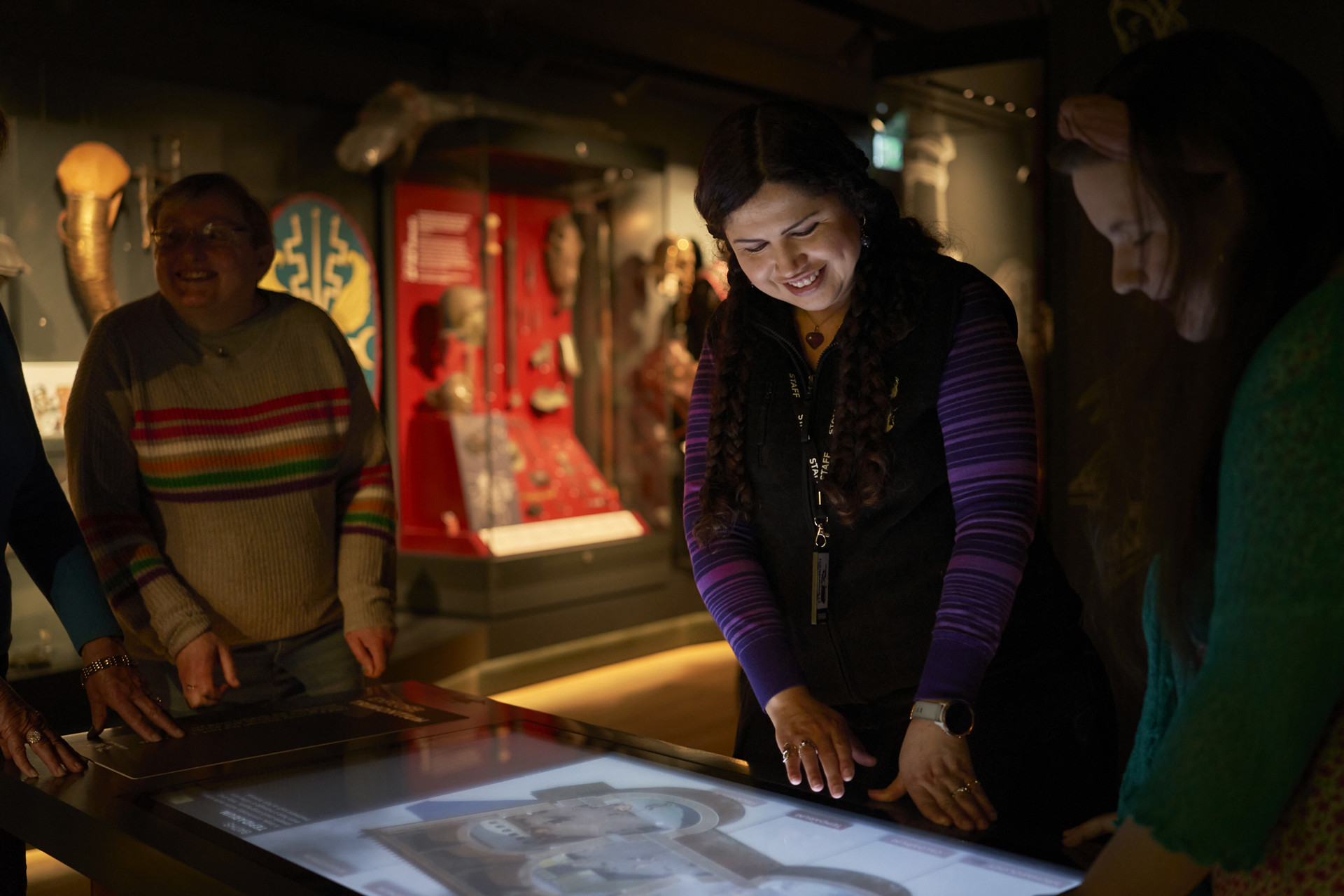
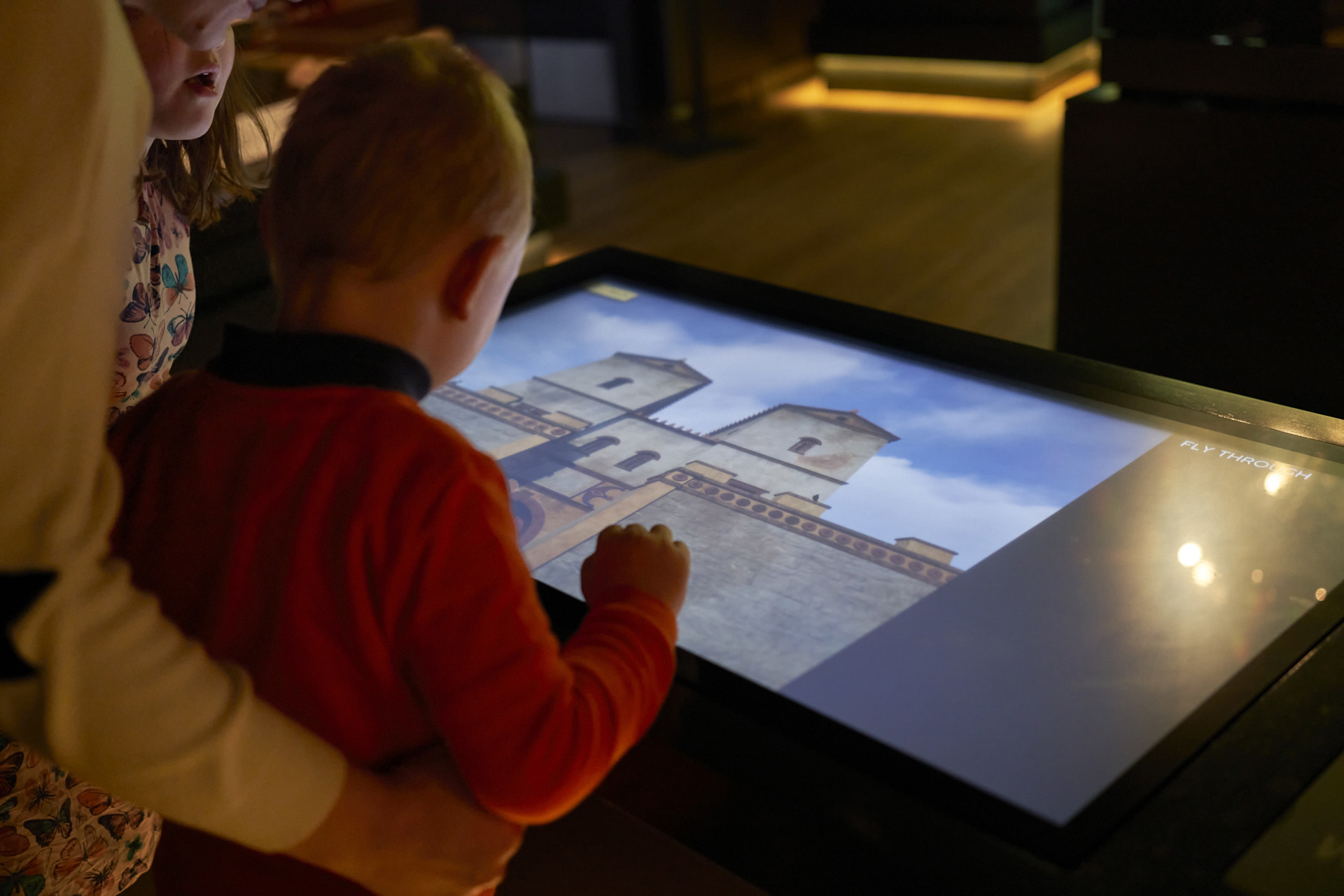
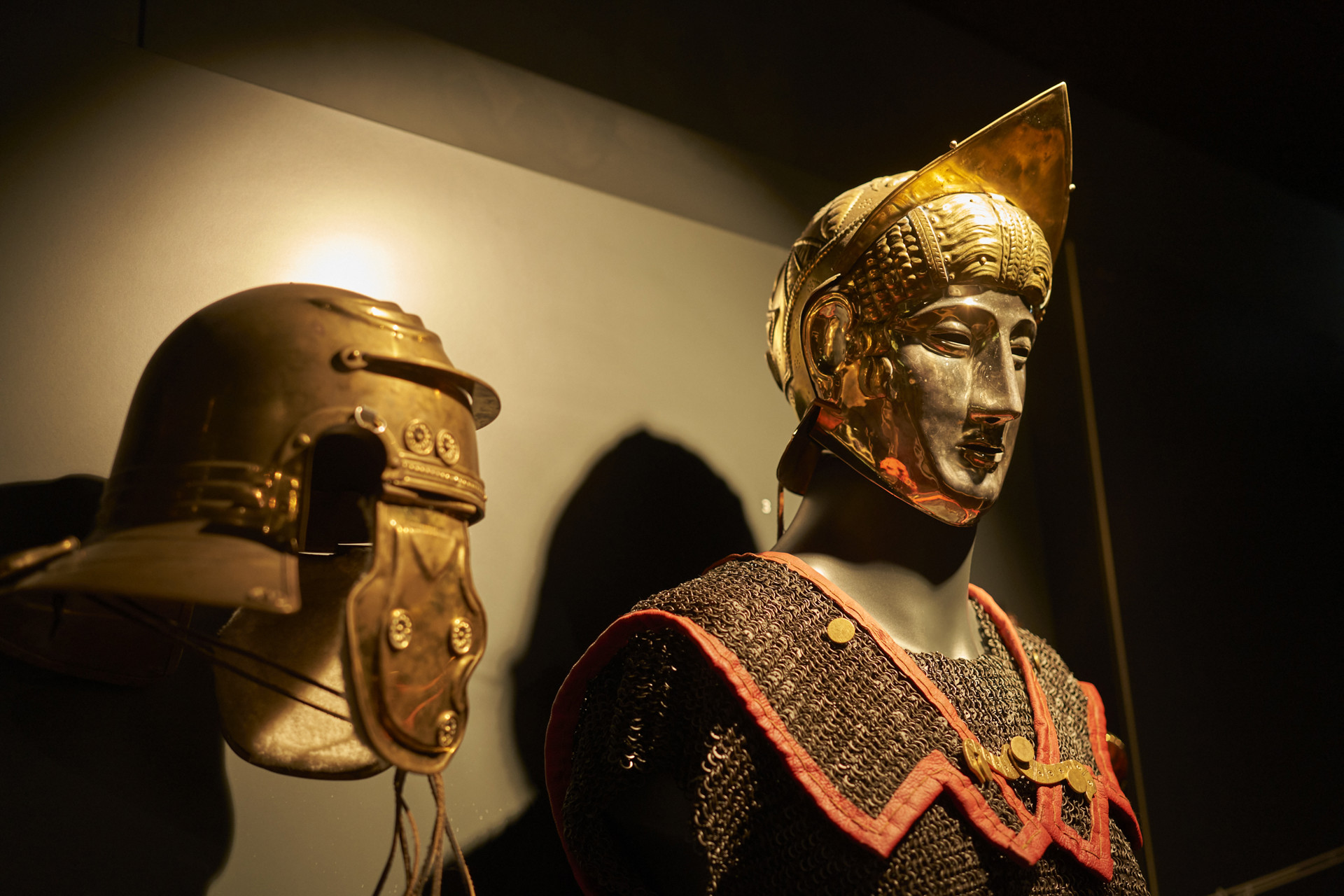
The Trimontium Museum
by Robin McKelvieA Museum at the Heart of the Community
The Trimontium Museum deep in the Scottish Borders hills is clearly no ordinary museum. “We’re the only museum in Scotland dedicated to the Roman Iron Age in Scotland”, explains Erica Reid, a Trustee and Chair of the Trimontium Museum Management Committee. “And not just that – crucially, we are at the heart of the local community too, working with schools and other bodies to open up the deeply rich history around here for everyone.”
If you have been lucky enough to visit the Trimontium Museum already, then you’ll have felt that community focus. The unmistakable passion too. This museum sits right on Melrose’s main square, a beacon that pulls in everyone from Roman enthusiasts through to passing walkers and all ages and echelons of the town’s community.
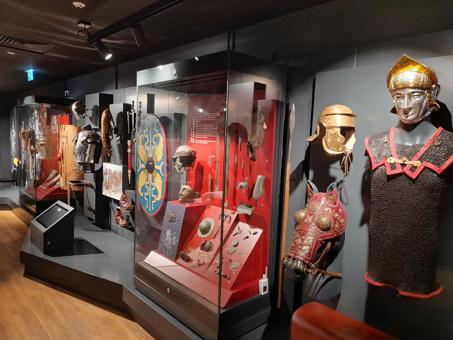
The Place of the Three Hills
Trimontium itself was perhaps the largest Roman fort ever built in Scotland to see active service. Following the successful Roman invasion of the island of Britain in 43AD the Romans burrowed ever further north; in less than 40 years conquering the north of England as well as the south. And Wales. Their next target was Caledonia, which they advanced into, drawn towards what they called Trimontium, or the ‘place of the three hills’, named after the Eildon Hills that rise above Melrose. They built their fort here as a base for further conquest - it played a key role in supplying the Antonine Wall still further north too.
Trimontium was no temporary camp, a vast fortress with an amphitheatre on hand to entertain the legionaries garrisoned overlooking the Tweed. It was used to varying degrees for over a century. Its last occupation is speculated to be that of emperor Septimius Severus, who burst north in AD208 on one final last-ditch attempt to placate a land that – as Chair of the Trimontium Trust Dr John Reid puts it – became “Rome’s Afghanistan”.
Dr Reid believes the Romans left in much haste, a sign of an embryonic Scottish nation unifying against them centuries before Anglocentric scholars have so far acknowledged the existence of any unity. In leaving, the Romans left many objects in their wake, which today have become the archaeological treasures on show at the Trimontium Museum.
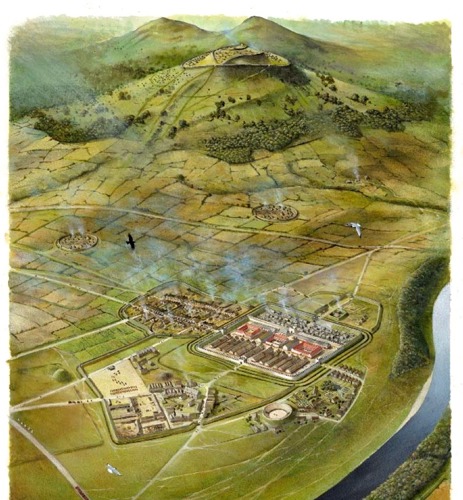
A Rich Local Past & Future
The Trimontium Museum is not just about the Romans. Erica Reid jokes that the local Iron Age people are no less interesting just because “they didn’t leave a lot of bling like the Romans”.This local population is key to the museum. “The Romans did not arrive to an empty land”, insists Thania Meneses Flores, Community Archivist for Creativity and Inclusion.“It was already a well-populated place in the Iron Age and we very much want to shed light on the rich lives of those people too, to explore more complex stories.” She goes on further to talk of as many as 300 Iron Age roundhouses being located on the summit of the Eildon Hills, shown in detail by the excellent drone survey work of the Trust.
Flores herself is a microcosm of how far the Trust has come. She approached the Trust from her native Canada, where its uniqueness sparked her imagination and own passion. “I helped out with the digital side of things and then was due to come over to serve an internship, but Covid curtailed that. I’m proud that I’m now an employee and get to work in such a fascinating museum that is so closely bound to the community. It’s truly a dream come true for me.”
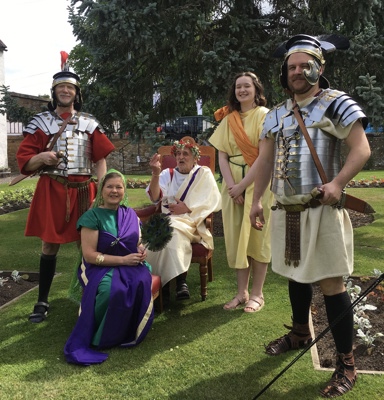
The Trust was set up over 30 years ago when the Trimontium site was in danger of being destroyed by the construction of a new road. For much of its existence, it has been run by and relied on volunteers, but in recent years they have been able to take on people on a permanent part-time and seasonal basis, with a current team of five employees. Their work is still very much enabled and supported by a small army of volunteers, and not always of the demographic you might expect. “We get a lot of young people volunteering with us, digging, archiving or researching, indeed sometimes around a quarter of our volunteers are young people,” Laura Liddle, Learning Support and Education Officer, explains. “Some of the volunteers had been struggling with social skills after Covid lockdown and we’ve been able to help them rebuild those and go on to get paid employment elsewhere.”

A Five Star Attraction For Everyone
Today all the hard work is paying off. New discoveries have revealed the old walls of the Trimontium Fort using geophysics and further digs continue alongside new technologies that improve both research and understanding. The revamped museum is of such quality that it was recognised in the summer of 2022 as a 5-star Visitor Attraction by VisitScotland. I can think of nowhere else that you can take such a deep thought-provoking dive into both Roman and Iron Age Scotland, right here on the very northern fringes of the Roman Empire. The museum is alive with a cornucopia of authentic artefacts and high-quality replicas, from helmets to masks of Roman faces. These are backed up, indeed enhanced, by immersive digital technology and films.
Not a museum or a Trust to rest on their hard-won laurels, a new wing at the back of the museum is opening in 2023. It will offer a range of educational opportunities, both for visitors and local groups. Community will be more at the forefront of the museum than ever before as schools are welcomed in as well as other groups in a variety of outreach Projects.
Recently the museum created a dedicated experience catered for autistic visitors that saw the museum open exclusively. They are keen not to be prescriptive, instead listening to external bodies about their needs. There is a real ongoing focus on inclusion and accessibility for people with autism and learning disabilities. “We try to do everything,
anything, we can for the community, all the community,” stresses Liddle.
New Visitor Experiences
The extended museum this year is branching out with its visitor experience. There will be two-hour long tours that include a presentation, digital aspects and some object handling. If you want to dive deeper a day-long experience will build on these elements and offer workshops. The new two-day experience is even more comprehensive with a field visit to the nearby site of Trimontium.

The Trimontium Museum Trust and the Trimontium Museum both burrow deep into the SCOTO idea of being a ‘temporary local’ rather than just a tourist. Come to the museum, walk the Trimontium site and you get to share the passion, knowledge and enthusiasm of everyone who works or volunteers here. And you get to travel back in time safe in the knowledge that any money you spend goes back into the Trust, who continue to have the needs of the community at their beating Borders heart.
